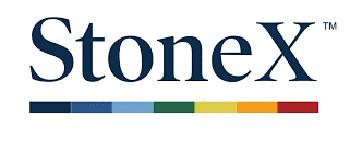GUEST COLUMN
At A Glance: Key USMCA Changes That Will Affect Auto Suppliers Origin of content: Under USMCA, vehicles must contain at least 75% content from North America, versus just 62.5% under NAFTA Compliance essential: USMCA mandates stiff penalties and fines for non-compliance, putting more pressure on auto parts suppliers to understand their entire production process and track rules of origin
Labor Value Content: 40%-45% of automotive content must be made by workers earning at least $16 per hour At least 70% of a producer’s steel and aluminum purchases must originate in North America
Such wage levels may not materially affect OEMs or major tier one suppliers, but for small-to-midsize auto suppliers, the mandate will require some cost model recalculating. Fortunately, the LVC requirement will be phased in over a three- to five-year period.
new treaty. In a Center for Automotive Research webinar in June, Matt Blunt, President of the American Automotive Policy Council, predicted that the Big Three US OEMs will need to invest millions of dollars to meet the new rule of origin guidelines.
Increase in Origin of Content Percentage
What about auto parts suppliers? Many will also need to invest significant time, money and know-how into understanding, implementing and staying abreast of the fine print contained within the USMCA treaty.
On the other hand, USMCA’s requirement that vehicles must contain at least 75% content originating in North America should be a boon to auto sector suppliers with a Mexico footprint. With OEMs needing to deliver vehicles with a greater percentage of content made in North America, suppliers with Mexico operations suddenly become more attractive due to the cost savings they can provide compared to their competitors lacking a Mexico facility. Mexico-based suppliers can leverage the country’s substantially lower operating cost structure yet still deliver components to customers in the US, Canada or Mexico at the zero duty rate.
Greater Compliance and Tracking Burden Finally, USMCA will result in a raft of new documentation and paperwork for companies that need to demonstrate compliance with the
For example, one major difference between NAFTA and USMCA pertains to rule of origin. Where NAFTA effectively had just one rule of origin, known as the regional value of content or RVC, USMCA implements four rules of origin. Those are the RVC and LVC mentioned earlier, a 70% steel and aluminum content requirement, and a “core parts” requirement, under which different components of a vehicle essentially have different minimum RVC thresholds in place. Fortunately for Entrada Group’s clients, we possess many decades of specialized Mexico manufacturing support expertise: compliance, legal, workforce optimization, import/export and human resources. We constantly invest in continuous improvement and maintain the essential certifications and authorizations to ensure a smooth-running, optimized Mexico operation. OESA News - 2020 Third Quarter
│9







